With its host of acronyms, ranks, ratings and buzzwords, the military has a language all its own, with plenty of localized jargon and dialects for each branch, occupation and even unit developing unique words to do their jobs.
The Air Force in particular has several highly-specialized jobs that play essential roles in keeping aircraft ready to fly. Airmen in each Air Force Specialty Code (the service’s term for Military Occupational Specialty) take pride in what they do, to the point where there are a dazzling number of nicknames for each role, and non-Air Force folks may have no idea what they are talking about.
Everyone wants to be “joint” operations these days, and what is a better way to do that than to speak Air Force-ese? Below is a primer to get you started.
Port Dawgs
The U.S. military has a worldwide presence, but that presence would fall apart if not for the people who load stuff onto airplanes so it can get to Japan, Korea, the Persian Gulf, or anywhere else. ‘Port Dawgs’ is the nickname for airmen who work in the air transportation AFSC. They are the ones who “plan, schedule and process” passengers, cargo and baggage and load them onto military and contracted aircraft, according to the Air Force. This reporter is not sure where the “dawgs” comes from exactly, but the “port” is likely short for “aerial port squadrons,” which many Port Dawgs belong to. Air transportation specialists also drive forklifts to put stuff on planes, and some drivers take immense pride in being the real backbone of the U.S. military. Some have even proposed creating their own branch known as the Fork Force. Fork Force or no, the port dawgs are the elbow grease behind the U.S. military’s global reach. They also clean the lavatories on aircraft, so give a port dawg a big ‘thank you for your service’ next time you see one.
Loads
Who handles the cargo and passengers once they are on the airplane? Air Force loadmasters, of course. There is a science to putting people and objects on Air Force cargo aircraft such as the C-130, C-17 and C-5. A loadmaster’s job is to figure out how to load the cargo without upsetting the aircraft’s balance or surpassing its weight limit, which would make taking off, flying and landing a tricky business. Even tying down the cargo takes skill and calculation, because depending on its weight and height that cargo may need additional restraints to keep it from coming loose in flight or on landing. Loadmasters also learn how to conduct a cargo airdrop and oversee airborne troops jumping out the back of the plane. That training is important, because Air Force cargo can involve anything from tanks to dolphins to hundreds of refugees fleeing wartorn Kabul.

Dirt Boyz
Even the Air Force has to come back down to earth sometimes, and civil engineer airmen make sure that the roads, buildings and infrastructure airmen use during their terrestrial hours are in tip-top shape. Like the civil engineers of other services, they keep the base facilities running the best they can through sun or shine, and they repair runways so aircraft can keep using them to take off and land. It’s hard work, especially in the hot southwestern deserts and humid southeastern swamps where the Air Force seems to love to build bases. If I did that, I would want a “z” at the end of my nickname too.
Red Horse
The term for Red Horse does not come from horses, but from an acronym: Rapid Engineer Deployable Heavy Operational Repair Squadron Engineer. In plain English, Red Horse squadrons are like quick reaction forces but for heavy construction. When they deploy, they bring the equipment and people to build or repair a runway and the facilities that surround it at a moment’s notice. They also wear red hard hats or baseball caps to block the sun and match their imaginary red horse. The difference between Red Horse and other civil engineer units is that other units make sure bases work all year round, whereas Red Horse creates new buildings or repairs new buildings and can do so downrange.
“We are this agile, flexible unit that is able to go anywhere in the world and build or repair large construction projects,” said Capt. Ryan Hill, director of operations for the 820th Red Horse squadron in a 2020 press release. “We are our own mini mission support group. We have cops, services, medical, logistics, finance and more. We can do anything to get the mission done.”
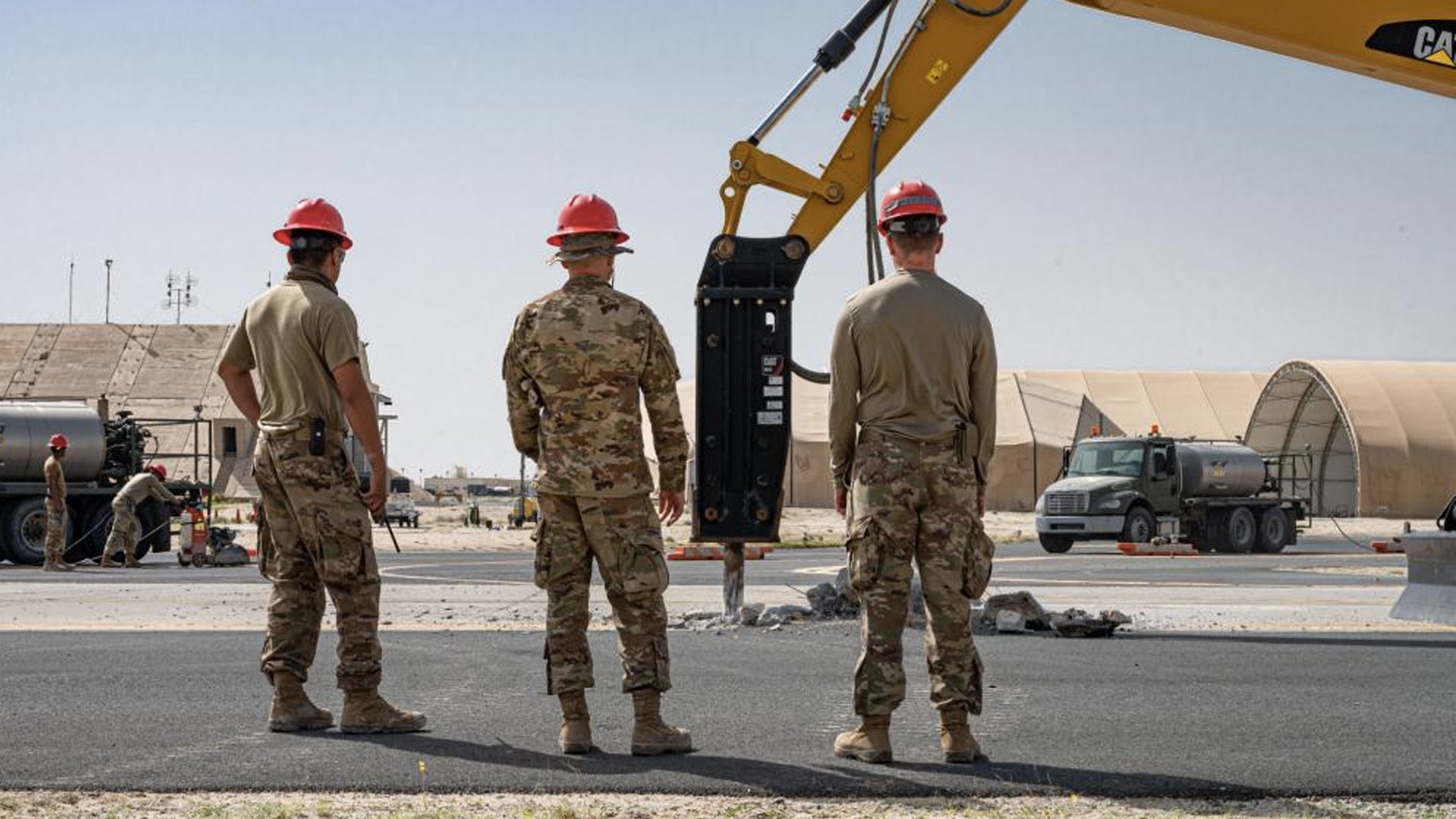
Defenders
Speaking of difficult jobs, Security Forces (the Air Force equivalent of military police) is one of them. Though they have a law enforcement mission, one of the defenders’ most important jobs is to guard Air Force bases and defend the expensive, dangerous aircraft or nuclear missiles within. Defenders are the closest thing the Air Force has to a regular infantry force, since their original mission was to provide the same security for air bases that Marines provide for Navy bases. They proudly wear dark blue berets, though they are often overworked, undermanned and suffer from some of the highest suicide rates in the branch, according to 2019 data. Their ranks also include two of the funniest airmen you will ever meet.
Subscribe to Task & Purpose Today. Get the latest in military news, entertainment, and gear in your inbox daily.
Ravens
Imagine being a grunt who gets to fly around on airplanes all day. The closest you might get to that is the Phoenix Raven program, where security forces fly aboard cargo aircraft to provide security if the flight is bound for unfriendly territory. There is a special training course for ravens, which pays off during intense operations like the record-breaking Afghanistan airlift last August. During that mission, ravens broke up fights between stressed-out passengers, helped medical teams and helped evacuate Marines who were wounded in the Aug. 26 suicide bombing of the Kabul airport.
“It was humbling to be able to take these injured Marines back to better care,” said one raven, Staff Sgt. Timothy Bukovich, in an Air Force press release. “I was honored to save their lives, helping the [aeromedical evacuation] team in whatever way I could.”
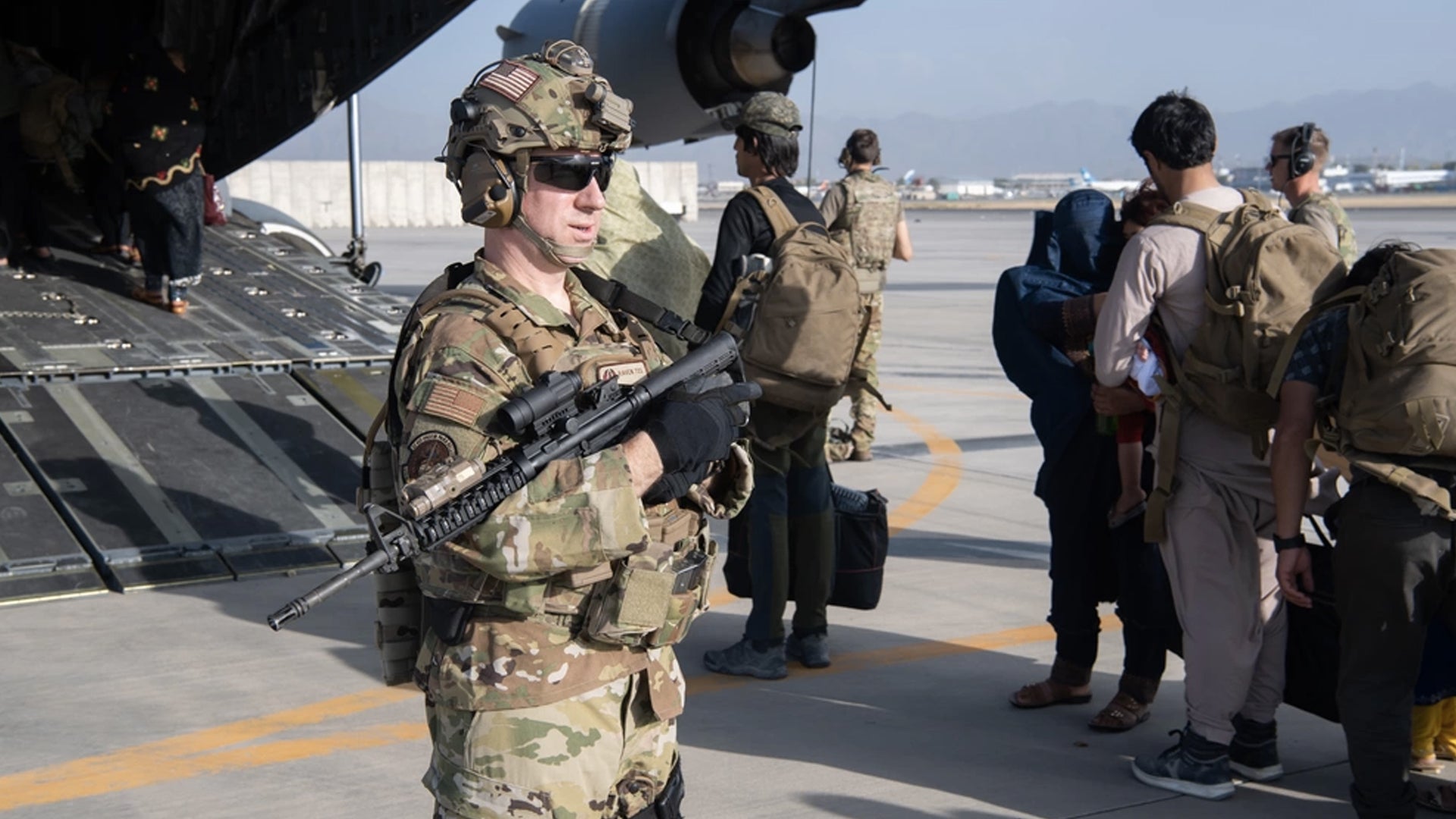
Nonners
Every language has its own unique insults, and in the Air Force, ‘nonners’ is one of them. The term is short for ‘non-sortie producing motherfucker’ and refers to anyone who is not on the flightline directly helping put airplanes in the air. It is kind of like the Air Force equivalent of ‘POG,’ the infantry term for ‘people other than grunts.’ The exact boundaries of who is and is not a nonner is up for debate however, because technically everyone in the Air Force is involved with generating or facilitating sorties on some level.
“Just a friendly jab,” wrote one commenter on Reddit. “If anybody actually means it they’re salty because they chose a career field with shit hours.”
Zipper-suited sun god
You know how the pilots in the movie Top Gun act like they are God’s gift to Earth? That’s not too far from the truth, at least if you ask any disgruntled enlisted airman. It’s no secret that pilots, particularly fighter pilots, promote faster and have more respect than any other job in the Air Force, but that doesn’t mean they can’t be made fun of for it. ‘Zipper-suited sun god,’ refers to the many-zippered flight suits that pilots wear and the immense authority airplane drivers have in the service. But just wait, the forklift force will have their time in the sun one day.
IYAAYAS
This is not so much a nickname as it is a catchphrase that has come to epitomize a career field. If you ever wondered who puts together the missiles and bombs that Air Force planes carry, it’s the nonnuclear munitions specialists who handle those pointy-ouchy objects with “extreme care,” as the Air Force describes the job. The so-called ‘ammo’ airmen put the bombs together, keep track of them and prep them for battle. ‘IYAAYAS’ stands for ‘if you ain’t ammo, you ain’t shit.’ The airmen who load them onto the airplanes are part of the aircraft armament systems career field, also called ‘weapons,’ ‘loaders,’ or ‘load toads.’ They are the ones who take the bombs that ammo builds and puts them on the airplanes. Don’t get the two confused like this reporter did!
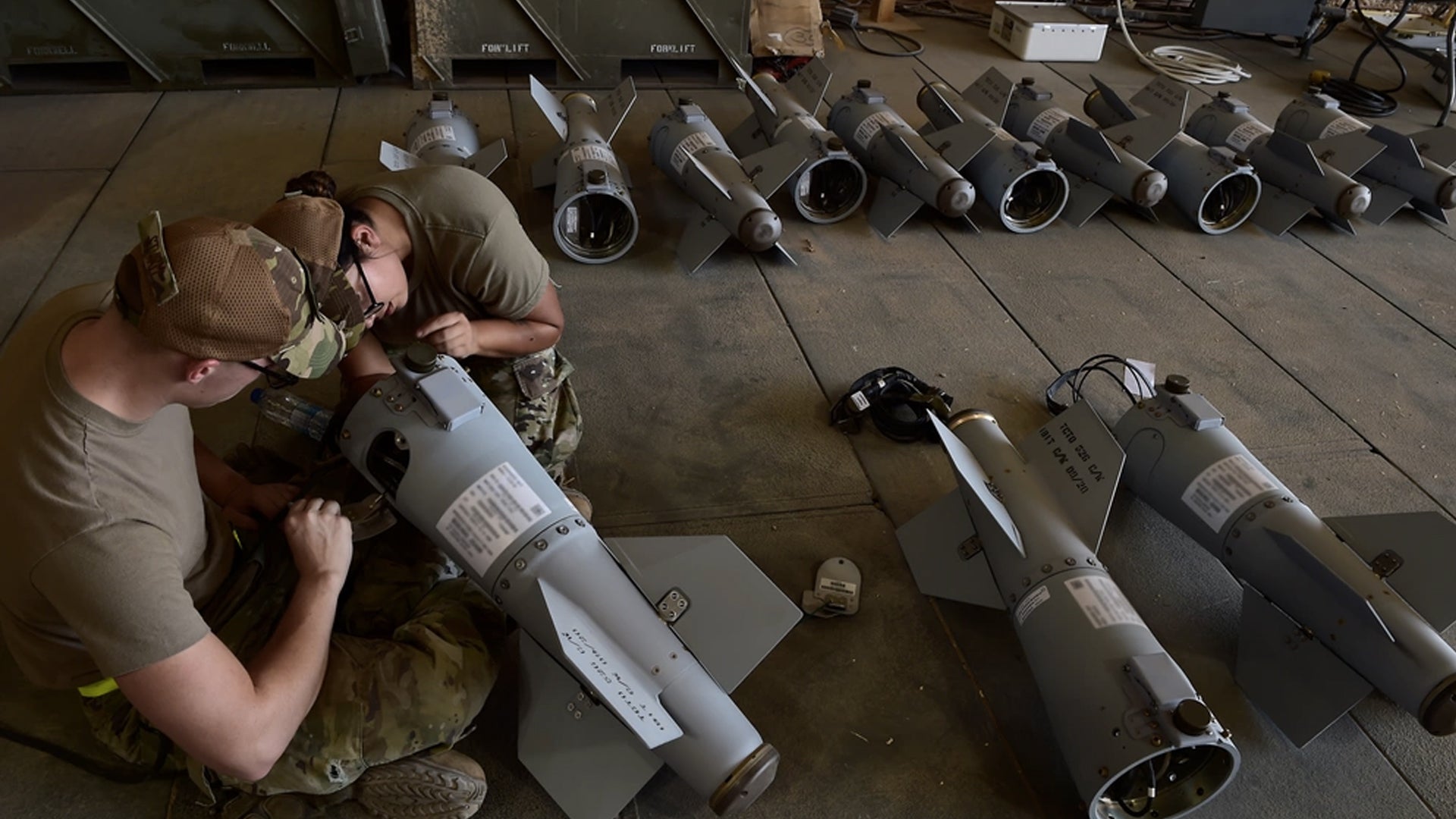
Shirt
Also called a ‘first shirt,’ this term refers to ‘first sergeant,’ The position is not so much a job as it is a special duty, where a senior noncommissioned officer becomes the unit commander’s advisor on enlisted morale, welfare and quality of life, according to the Air Force. In plain English, the first shirt serves as a mentor for lower enlisted ranks and is supposed to offer a helping hand if a junior airmen is going through a rough patch in their personal or professional life. First sergeants sport a diamond shape on their rank insignia to set them apart. The tradition of first sergeants goes back to the 17th century Prussian army, where ‘feldwebels’ were charged with maintaining obedience in the enlisted ranks. Oddly enough, ‘feldwebels,’ were the only NCOs allowed to beat enlisted soldiers, according to the Air Force.
Ropes
Speaking of special duties, one way the Air Force likes to recognize special students in technical school (the specialty school that comes after basic training) is to give them brightly-colored ropes to wear around their shoulders. There is a rainbow of ropes out there. Green, yellow and red ropes refer to students in charge of other airmen in their dormitories or in their immediate group, with green being the lowest level of responsibility and red being the highest. There are also white ropes, for airmen who volunteer to help their community or are chapel guides, orange ropes for airmen with “an innovative mindset,” and teal ropes, who counsel other airmen and are trained in helping their peers deal with military sexual trauma. It’s a special honor to wear a rope, though airmen on social media tend to think of the stoplight-colored leader ropes as being obnoxious busy-bodies.
BTZ
Airmen who continue to show promise after graduating tech school may be up for a below-the-zone promotion. BTZ is an early promotion program where an airman first class can be promoted to the E-4 rank of senior airman six months earlier than they normally might have been. Airmen generally have to be studs at what they do to make BTZ, so the promotion is an official acknowledgement of that skill.
AFIs
Some people are really into the Harry Potter book series and can quote it chapter and verse. Others may prefer Lord of the Rings. But if you’ve served in the Air Force, there are certain AFIs that you know by heart. The Air Force Instructions are the regulations that lay out every aspect of life in America’s premier airpower service. When it comes to grooming standards or uniform appearance, the AFIs are as good as the Ten Commandments.
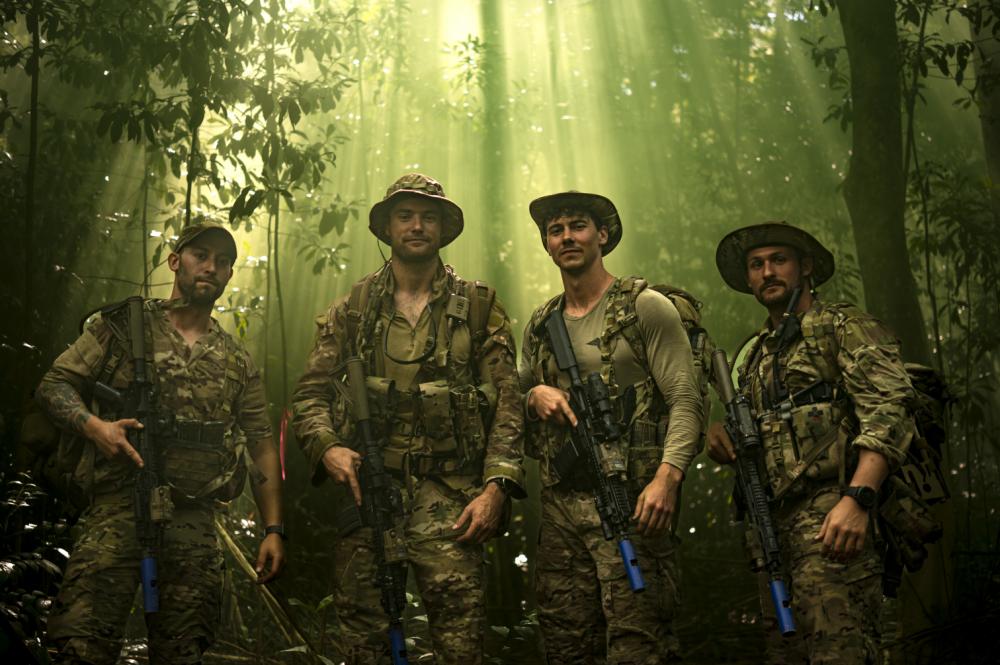
Guardian Angels
The Air Force doesn’t just drop bombs on people: it also drops people off to go rescue other people who have been shot down or trapped behind enemy lines. Personnel recovery is one of the Air Force’s most important missions, and Guardian Angels are the airmen who carry it out. The term includes pararescuemen (also called pararescue jumpers or PJs), the elite commandos trained in search-and-rescue and combat medicine; combat rescue officers (basically commissioned PJs), and Survival, Evasion, Resistance, and Escape specialists who can survive in blazing deserts or freezing tundra.
While we are on the subject of special operations, we should also mention combat controllers (CCTs), the commandos who call in airstrikes and set up landing zones for Army Special Forces, Navy SEALs and other special operations forces; Tactical Air Control Parties (TACPs), who perform a similar mission but with less elite units and less of an elite status; and Special Reconnaissance (SR) airmen, elite commandos trained in the use of drones and electronic warfare. All of these jobs make up Air Force Special Tactics, who are collectively the least POG-y airmen you will ever meet.
BUFF
Many people know the giant strategic bomber that has served since the 1950s as the B-52, but many airmen call the aging jet BUFF, which stands for Big Ugly Fat Fucker or Fella, depending on your language preference. So if you see any memes with the actor Shia LaBeouf’s face plastered on a B-52, now you know why.
FRED
Another Air Force jet so massive it deserves its own acronym is the C-5 Galaxy cargo jet, which is one of the largest military aircraft in the world. It guzzles a ton of expensive fuel, but it is not the most reliable aircraft, which are called ‘hangar queens’ since they spend so much time being repaired. Thus, the C-5 has been dubbed FRED, meaning Fucking Ridiculous Economic/Environmental Disaster.
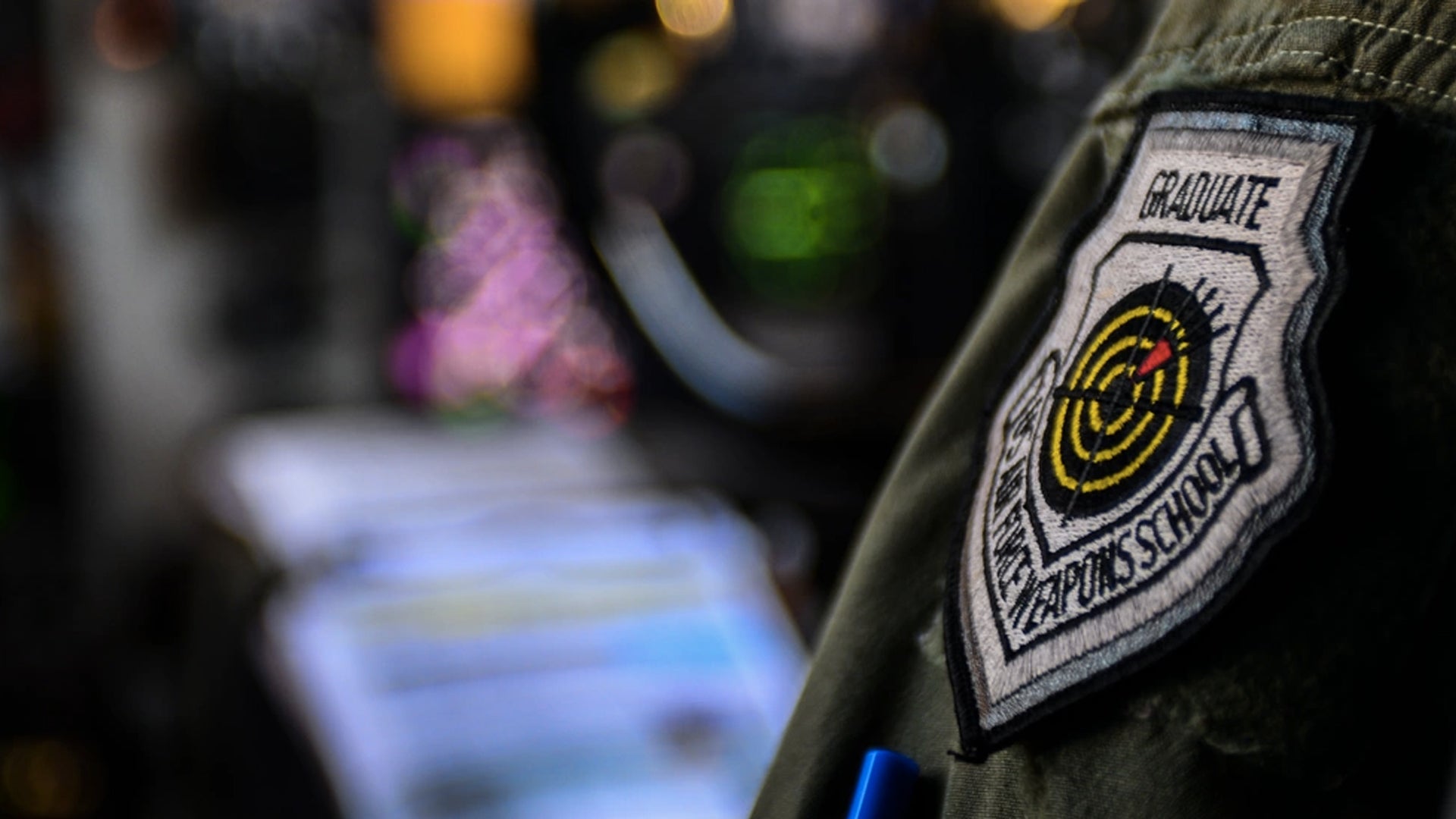
Weapons School
The Army has Ranger School, where soldiers suffer through physical torment to earn a tab that will set them apart from their peers for the rest of their career. In a somewhat similar fashion, the Air Force has Weapons Schools for many of their aircraft, where pilots learn every nut and bolt of their platforms so they can become bona fide experts and share their hard-won wisdom with their peers back home. Weapons school graduates are distinguished by a bulls-eye patch on their shoulder. They are therefore sometimes known as “patch-wearers.” However, like any other elite status, sometimes the expectation is different from reality.
“All of a sudden, you’re expected to know everything about F-16s [fighter jets]. That’s very difficult because there are a lot of smart guys out there who have never been to Weapons School,” said one graduate in the 2004 book “Eye of the Viper: The Making of an F-16 Pilot.”
“If anything, it makes you a very accomplished bullshitter,” the graduate said, “which will hold you in good stead in your Air Force career.”
Correction: This story has been corrected to clarify that munitions airmen make the bombs for airplanes, while weapons airmen put them on the airplane.
The latest on Task & Purpose
Want to write for Task & Purpose? Click here. Or check out the latest stories on our homepage.
